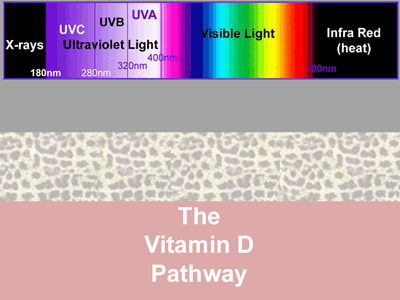The last two days have been hectic and not very peaceful for my mind. Maybe I should start with the bad: I deleted the wrong partition and install a new system on it. Yes! That bad! When I realized the “ouch!”, I think I wanted to just disappear from the surface of this planet.
Luckily my business partner has a better tolerance to screw-ups than me and she didn’t kill me. Two days later, the whole thing is not as terrible as I initially perceived it, but I am still trying to recover the data. I actually found a few tools that I am experimenting with such as systemrescueCD which include photorec (recommended by my good friend Young Yu) and pyflag which I discovered through a Google search.
SystemRescueCd is a Linux system on a bootable CD-ROM for repairing your system and recovering your data after a crash. It aims to provide an easy way to carry out admin tasks on your computer, such as creating and editing the partitions of the hard disk. It contains a lot of system utilities (parted, partimage, fstools, …) and basic tools (editors, midnight commander, network tools). It is very easy to use: just boot the CDROM. The kernel supports most of the important file systems (ext2/ext3, reiserfs, reiser4, xfs, jfs, vfat, ntfs, iso9660), as well as network filesystems (samba and nfs).
FLAG (Forensic and Log Analysis GUI) is an advanced forensic tool for the analysis of large volumes of log files and forensic investigations.
PyFlag features a rich FeatureList which include the ability to load many different log file formats, Perform forensic analysis of disks and images. PyFlag can also analyse network traffic as obtained via tcpdump quickly and efficiently.
I’ll update you guys in a few days about both. I might even find more tools later, who knows. I also wanted to thank Alex Li, Sysadmin at Google China for following up and calling me everyday to know how I was doing. Alex also send me a link to other tools which I will explore as well.
We also bought a low-end machine to mirror the disk and process the whole thing: cheapo AMD, 1GB of RAM and 2 x 500GB for 3,000.- RMB. That makes me wonder how the Lemote box fits into this market. I don’t have any update on their pricing, but if not for the price I don’t quite see the attraction of running any MIPS based CPU when an i386 can do the job (and provide more flexibility as to OS choice).
Now, to the “good”: we got a call from the Beijing Zoo during the weekend as 2 of their new chameleons are having problems to feed. My friend Adrien, the chameleon expert (he has 25+ at home) was only available Tuesday or Wednesday morning, and the reptile keeper was off on Tuesday. So easy choice, here we go (we = the reptile team composed of Adrien, Pockey and myself) wednesday 9am, Beijing Zoo! There was a few easy fixes to do in the set up of the enclosure but one of the big issue is that they no longer had any UV-B light. Reptiles, in particular diurnal species, do need UVB to transform vitamin D3 and combine it with the food calcium to use it for the body (bones and other organs) . I stole a nice graphic (got the approval and a very nice email as well) from uvguide.co.uk to give more details on the process without long boring sentences. The whole site has tons of information for people interested in the topic.

(c) uvguide.co.uk – reproduced with authorization.
UV light can also brings other positive effects such as the well-being feeling and the desire to live. No UV means death for sure (for the diurnal species that is) and is characterized by a famous disease called MDB or Metabolic Bone Disease.The Beijing Zoo is a government run zoo and has, as you can easily imagine in any state owned enterprise (in China and elsewhere I have heard), a lengthy administrative process for anything. So here we go, the “noisy”, “not-afraid of layers” laowais, talking to the manager of the manager of the manager of … well you get the picture… and explaining how important it is for those poor lizards to get their daily dose of UV-B TODAY! And it worked! The keeper got a 1,000.- RMB budget that same afternoon, went to buy 6 UV tubes and some extra needed stuff and we felt useful! It doesn’t mean that the chameleons are going to eat right away, but for sure they will feel better. Note that it’s also winter here, and the temperature are relatively lower even inside the reptiles area. It’s also normal for some lizards to have a “winter shut down” which is a period where they eat a lot less because of the temperature drop. This of course highly depends on the species and where they are originally from.
At the beginning of those two days I thought I was having just another bad week, it turns out not everything was bad. In fact even the mishaps might bring more good in the short term than bad: I’ll get to discover cool Linux apps! 😉
What a nice story about the chameleons and the UV-B lights. Thanks for that!
Hi Melanie!
I actually even forgot to mention they agreed on buying 2 misting systems that same day (though Adrien will advance the money as he is going to bring them back from the US). So not only the lizards needing high humidity will no longer have to rely on the keepers, but the plants will get watered too (if you see what I mean). So definitely a positive move!
Thank you for reading.